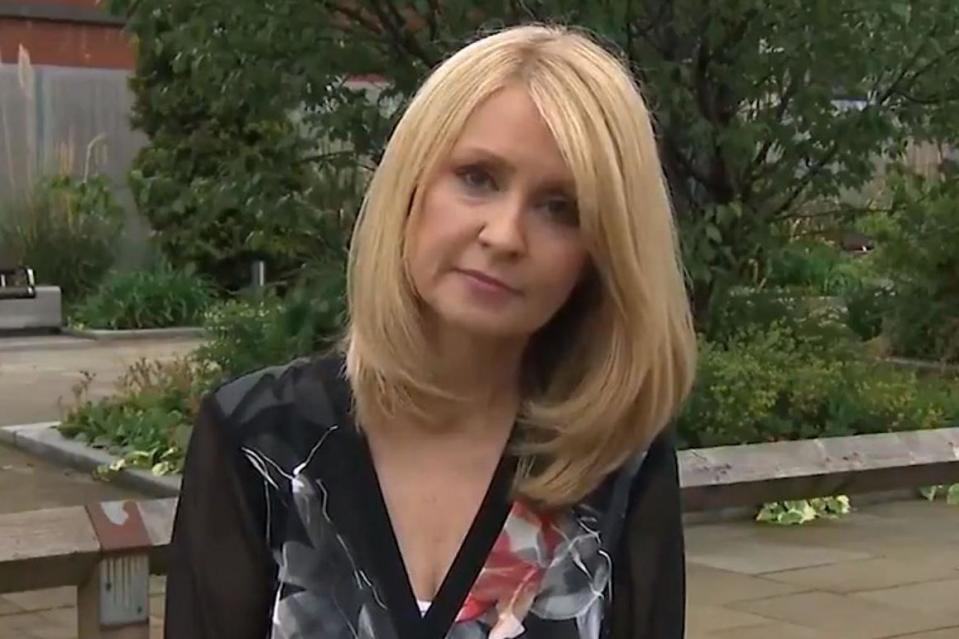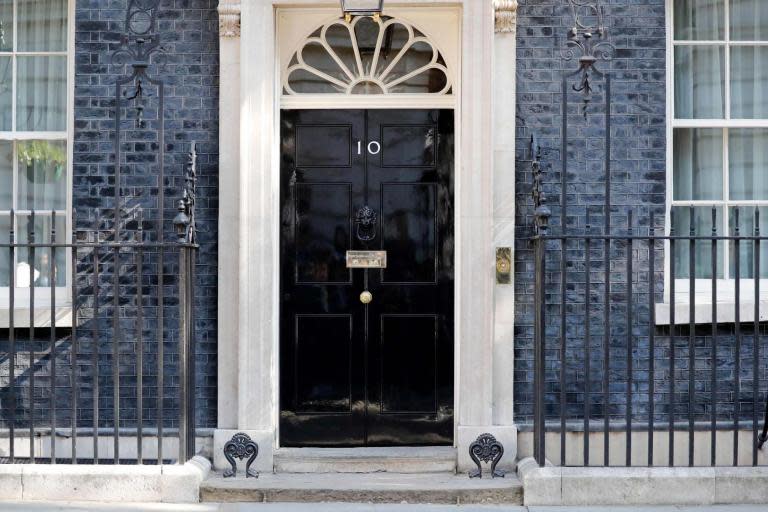Tory leadership race: Who will succeed Theresa May, how will it be decided and when?
Prime Minister Theresa May formally resigned as Conservative leader on Friday, with 10 MPs now vying to replace her as Prime Minister.
Leadership nominations officially closed on Monday at 5pm, kickstarting the race to Number 10.
Tory heavyweight Boris Johnson is currently the frontrunner in the race, which sees MPs including Jeremy Hunt, Andrea Leadsom and Rory Stewart battling it out for the position.
Mrs May remains as Prime Minister and acting party leader until a successor is in place, which is due to be announced on 22 July.
Here’s a list of contenders who have thrown their hat into the ring, where support currently stands, how the contest works and who decides.

Who’s currently running?
Ten contenders in the Tory leadership race have been nominated to go through to the first round of voting by MPs, the joint acting chairman of the backbench 1922 Committee Dame Cheryl Gillan has said.
Boris Johnson, Jeremy Hunt, Michael Gove and Dominic Raab are believed to be favourites among the nominees.
They are joined by International Development Secretary Rory Stewart, former Commons leader Andrea Leadsom, backbenchers Esther McVey and Mark Harper, Home Secretary Sajid Javid and Health Secretary Matt Hancock.

Former Universities Minister, Sam Gyimah announced he was pulling out of the race minutes after the 5pm deadline, saying there had "not been enough time to build sufficient support".
Housing Minister Kit Malthouse and Brexit Minister James Cleverly withdrew their bids before the race officially began last week.
Who has the most support from Tory MPs?
As well as committing to standing, candidates must have enough backers to take part in the leadership race.
Who has the most MP endorsements to date
Boris Johnson: 42 MPs
Michael Gove: 29 MPs
Jeremy Hunt: 28 MPs
Dominic Raab: 21 MPs
Sajid javid: 16 MPs
Matt Hancock: 12 MPs
Mark Harper: 6 MPs
Esther McVey: 5 MPs
Rory Stewart: 5 MPs
Andrea Leadsom: 2 MPs
(BBC research)
The party recently decided to change the rules for the contest in order to speed up the process due to the number of candidates.
Nominees now need the backing of eight colleagues where they previously only required two.
Many MPs have already publicly indicated where their allegiances lie, with Boris Johnson coming in top after racking up 42 supporters from the party, according to BBC research.
According to that research, published last week, five hopefuls had not reached the eight backers required, including Andrea Leadsom with two public endorsements to date.
Who has the most support from the Conservative Party?
According to a Conservative Home Poll of 1,320 Conservative Party members from the end of May, the order of who has the most support changes.
Boris Johnson maintains the lead, however, Dominic Raab runs in second whilst Jeremy Hunt falls to sixth with only 4.1 per cent of the vote.

But some candidates included in the poll have not launched a leadership bid, including Steve Baker and Priti Patel.
According to the Institute for Government, Jeremy Hunt has the most experience as an MP working in government, shadow cabinet and select committee positions.
Boris Johnson on the other hand has the least experience in these roles according to the data.
How does the ballot work?
The contest's winner will be chosen in a two-stage process.
First, the 313 Conservative MPs will vote in a series of rounds starting on Thursday.
The field will be whittled down with the worst performers dropping out until only two candidates remain.
Those who make it to the first ballot on Thursday need to win at least 17 votes in the first round and 33 votes in the second to proceed further.
There will then be a series of hustings around the UK for those left in the race.
The final two candidates will be chosen from the results of a postal ballot to people who have paid to be Conservative Party members, which is around 160,000.
The winner will be known during the week beginning 22 July, replacing Theresa may as Prime Minister.
What is the timing for the leadership selection process?
Monday, 10 June
The deadline for candidates to apply to become leader of the Conservative Party expired at 5pm. They will need to secure eight backers in order to progress to the first leadership hustings.
Tuesday and Wednesday, 11-12 June
The 1922 Committee, the ruling body of the Conservative Party, will host two days of hustings, during which the candidates will be grilled on their leadership manifestos by an audience of MPs.
Thursday, 13 June
Tory MPs will cast their first votes of the contest. MPs who cannot be in Westminster will be allowed to vote by proxy. The MP with the fewest votes will be eliminated.
Sunday, 16 June
Channel 4 will host the first publicly televised leadership hustings in front of a studio audience.
Monday, 17 June
The remaining candidates will face another round of questioning from MPs.
Tuesday, 18 June
The candidates have been invited to attend a live BBC hustings, although some have yet to accept the invitation.
The threshold for progressing through to the second round rises to 32 backers, meaning that several are likely to be eliminated before the second round of voting takes place later in the day.
Will there be a general election?
A new prime minister does not necessarily mean a general election is inevitable.
As the Conservatives are already in power, they won't have to hold one.
But the new prime minister may feel they need to win public backing for their Brexit plan.
If they did decide to call an election, the prime minister would also require at least two-thirds of MPs to agree to it.


